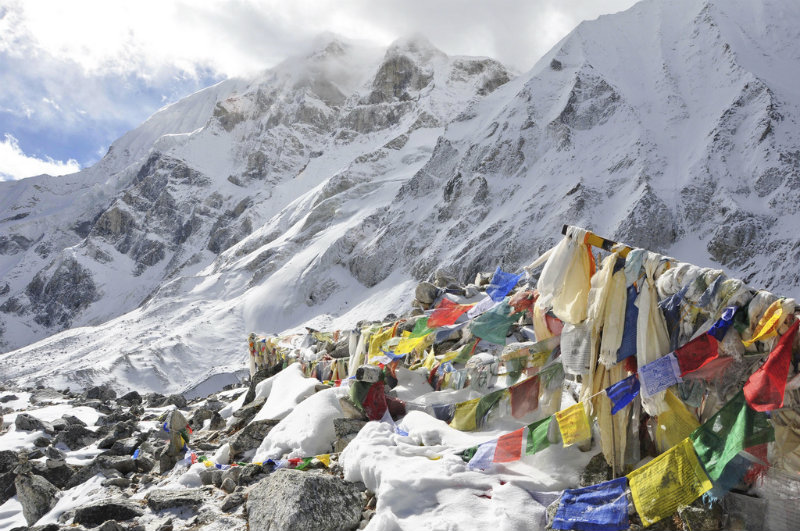Manaslu region is a hidden beauty of the Himalayas. In 1998, Nepal government declared Manaslu as Manaslu Conservation Area to conserve the natural resources, cultural heritage, and wildlife, and to promote eco-tourism to develop livelihood of the local people.
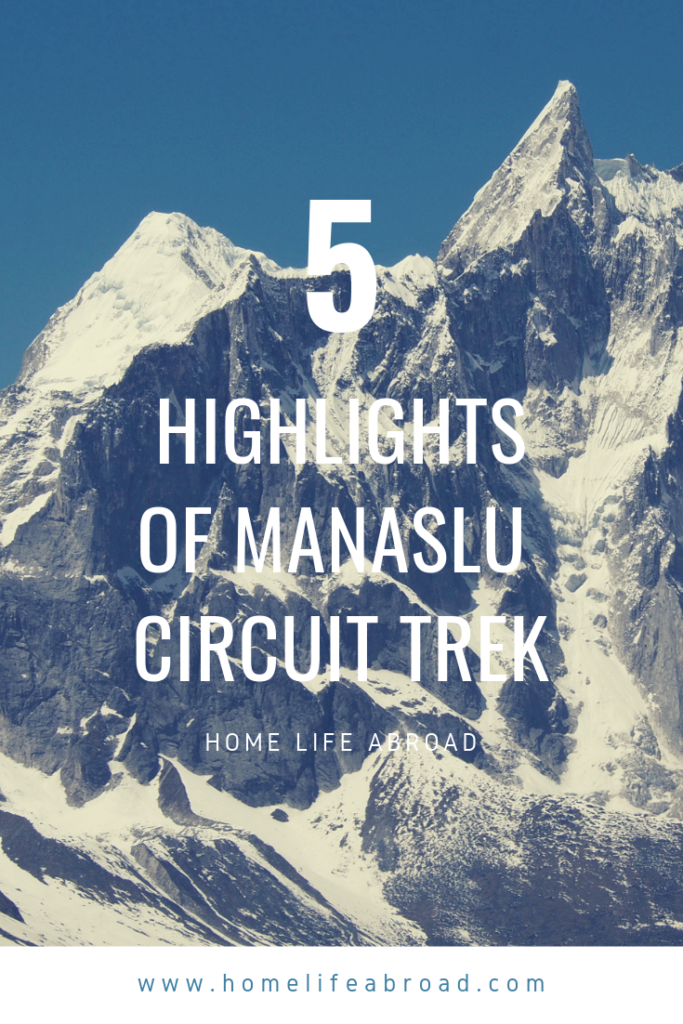
The area is still less-explored as it was one of the restricted regions until 1991. But, what it offers lies beyond our imaginations.
The Manaslu Circuit Trek takes you on a journey to see the majestic views of the Himalayas – an array of more than ten mountain peaks past dense rhododendron, pine, oak, and hemlock forests and much more.
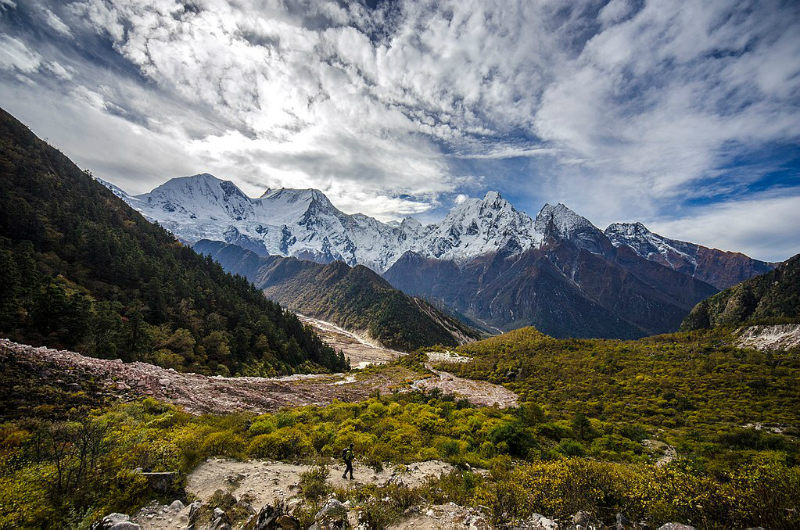
Not only does this region offer a chance to witness the natural beauty but it also gives you a glimpse of the ancient Tibetan Buddhist culture and traditions.
You can say that the Manaslu region is one of the best trekking trails that the Himalayas has to offer. To make sure you experience Manaslu region and all of its hidden treasures, you should not miss these 5 highlights of Manaslu Circuit Trek.
Larke La Pass
Larke La Pass, at 5213 meters is the highest point of the Manaslu Circuit Trek. The trail up to this pass consists of rocky terrains and steep routes for a few hours.
Even though the path up to the pass is tedious but from the top, you will see the mesmerizing views of the Himlung Himal, Cheo Himal, Kang Guru, and Annapurna II.
Decorated with Buddhist prayer flags, Larke La Pass offers the best of natural beauty within a dynamic cultural experience. Plus, the sense of achievement that you will feel after crossing Larke La Pass in your way is like no other.
Amazing View of Landscapes
On the Manaslu Circuit trek, you will climb slowly from an altitude of 700 meters to 5100 meters. Within this variation, you will get to witness a range of landscapes.
At lower altitudes, you will see the rice fields, grazing lands, and terraced farmlands. But, once you reach the higher altitudes, you will be able to see extraordinary views of the Annapurna, Gangapurna, Mt. Manaslu, and more.
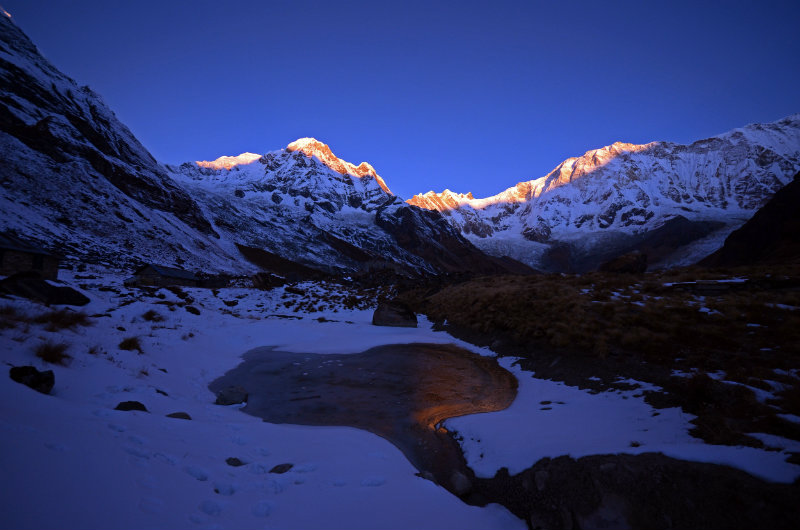
The unedited Morning view of Annapurna image by Mohan K. Duwal / CC BY-SA 3.0
The route to higher altitudes is also extremely pleasant. You will walk along the Budhi Gandaki river, surrounding lush hills and green forests. This walk will be one of the best experiences in your Manaslu Circuit trek.
On your ascent, you will get to see a change in the shape, size, and type of flora and fauna as well. In the lower regions, you will find tropical/sub-tropical vegetation but with your climb, you will see temperate and finally the alpine type of vegetation.
Multi-Ethnic Community
The
The two major ethnic groups of the Manaslu region are Nubris and Tsum. Geographically, Chikkur river divides these two ethnic groups.
After the 1950s, when tourists started trekking to the region, the Nubris have had a cultural influence from its tourists. But, the Tsums have maintained their traditions and culture since generations.
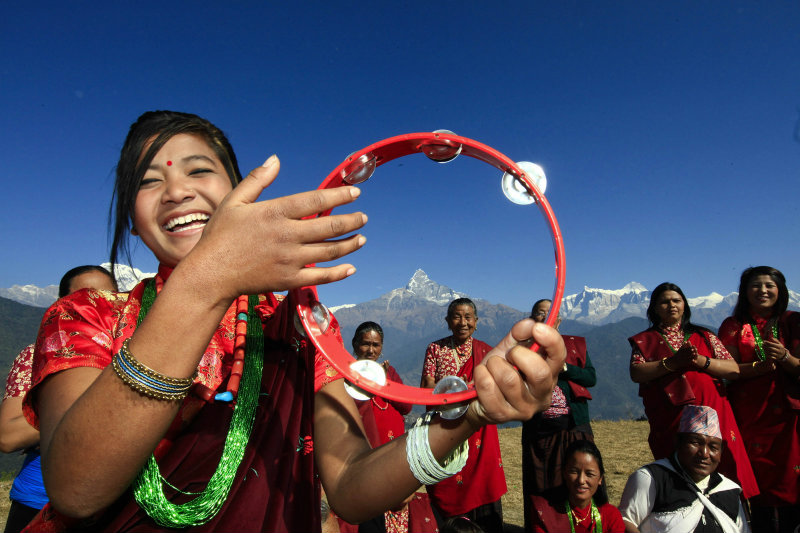
The unedited Gurung community image by
In the central areas of the Manaslu region, you will find Gurungs as the major ethnics of the area. However, near the Tibetan border, the major ethnic groups are the Bhutias who follow Buddhism. You will find them practicing the traditional forms of Tibetan Buddhism here.
On walking through the trekking trails of the Manaslu region you will walk through various chortens, mani walls, gompas, and Buddhist prayer flags. These monuments reflect the true cultural practices of the region.
Remote Lifestyle
Manaslu region has been established as one of the trekking regions in Nepal only from 1991. You will find many teahouses for your food and accommodation.
Even though there are teahouses and settlement in the area, the trail is less crowded. The area is solely a trekking trail with no motorable roads and sophisticated facilities. So, on exploring the Manaslu region you will have a close encounter with the typical locals busy in their daily stuff.
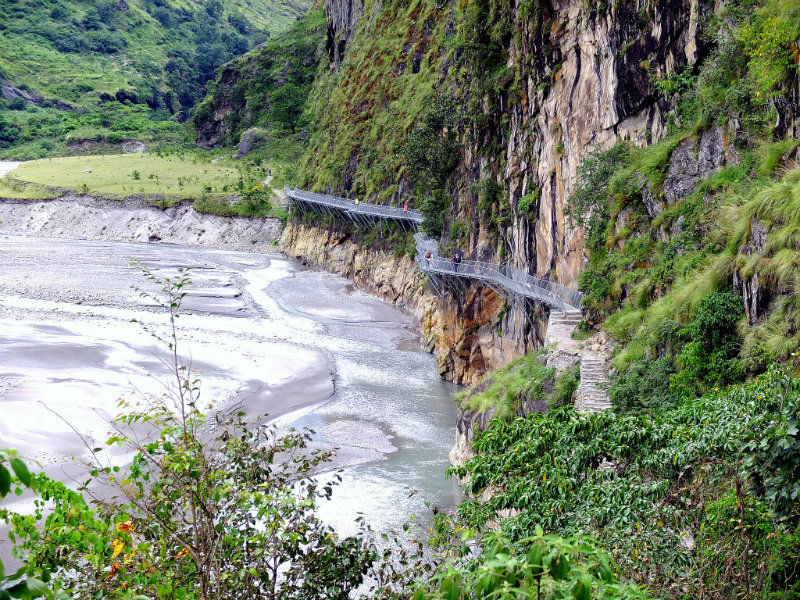
Hiking in Manaslu will let you experience a simple lifestyle, pristine nature, beautiful views of the mountains and peace.
Tsum Valley
Tsum Valley is a holy pilgrimage of the Himalayas. Located in Northern Gorkha, this valley offers the alluring views of Ganesh Himal, Buddha Himal, Shingri Himal, and Himalchuli.
The valley is rich in biodiversity. You will find a thriving range of flora and fauna here. So, if you visit Tsum valley, there are high chances of encountering a blue sheep or a Himalayan Thar.
The inhabitants of the Himalayan valley also have preserved their art, culture, and practices for generations. The locals have decorated their valley with mani walls, Buddhist prayer flags, antique art pieces, and chortens.
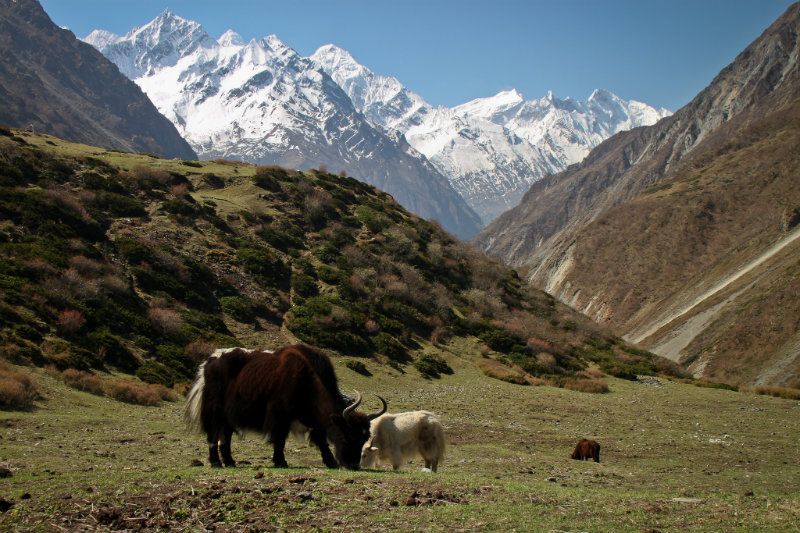
This Himalayan valley also practices Tibetan Buddhist culture. On your visit, you can even become a part of different cultural practices and celebrations in those monasteries and the village itself.
You can join the side-trip to Tsum valley during your Manaslu Circuit Trek to explore every nook and cranny of the region. And, get a deeper insight into the people and culture heavily influenced by the Trans-Himalayan culture. This valley is a hidden jewel of the region that you should definitely visit.
Why Manaslu Circuit trek?
If you want to travel to a less-crowded typical glimpse of Nepal and the stunning views of the Himalayas, Manaslu Circuit trek is one of the best options. Manaslu region offers the best of the views with an adventure of a lifetime.
So, if you have a soul of an adventurer, you should not miss out. Check out the Manaslu trek guide to know more about the trek.
*The unedited The Annapurna Himal from the northeast image by Leridant / C
*The pinnable image of Kechakyu by Ralph Günther / CC BY-NC-SA 2.0

